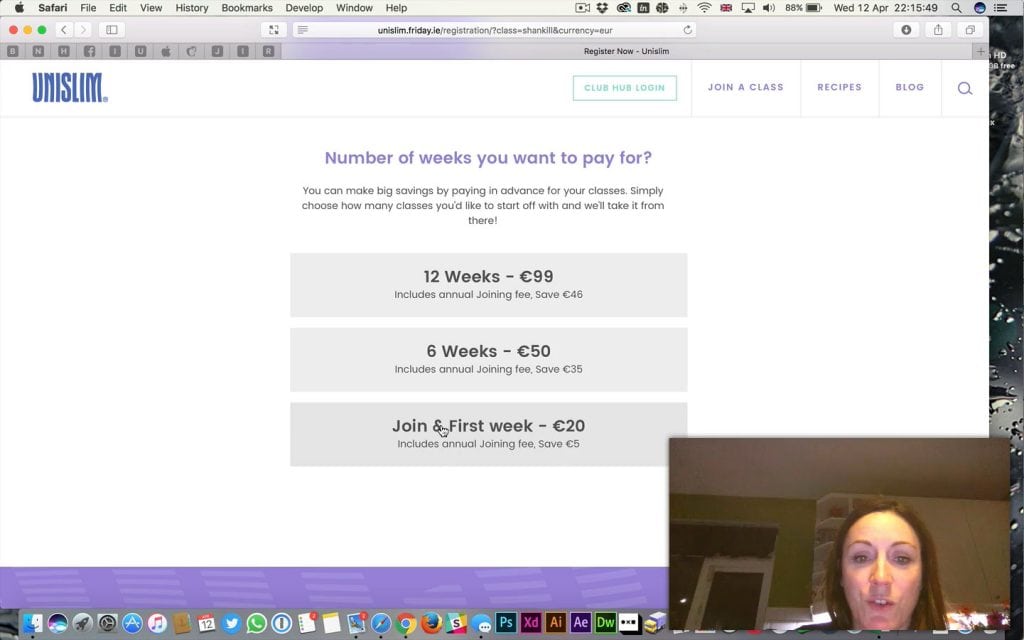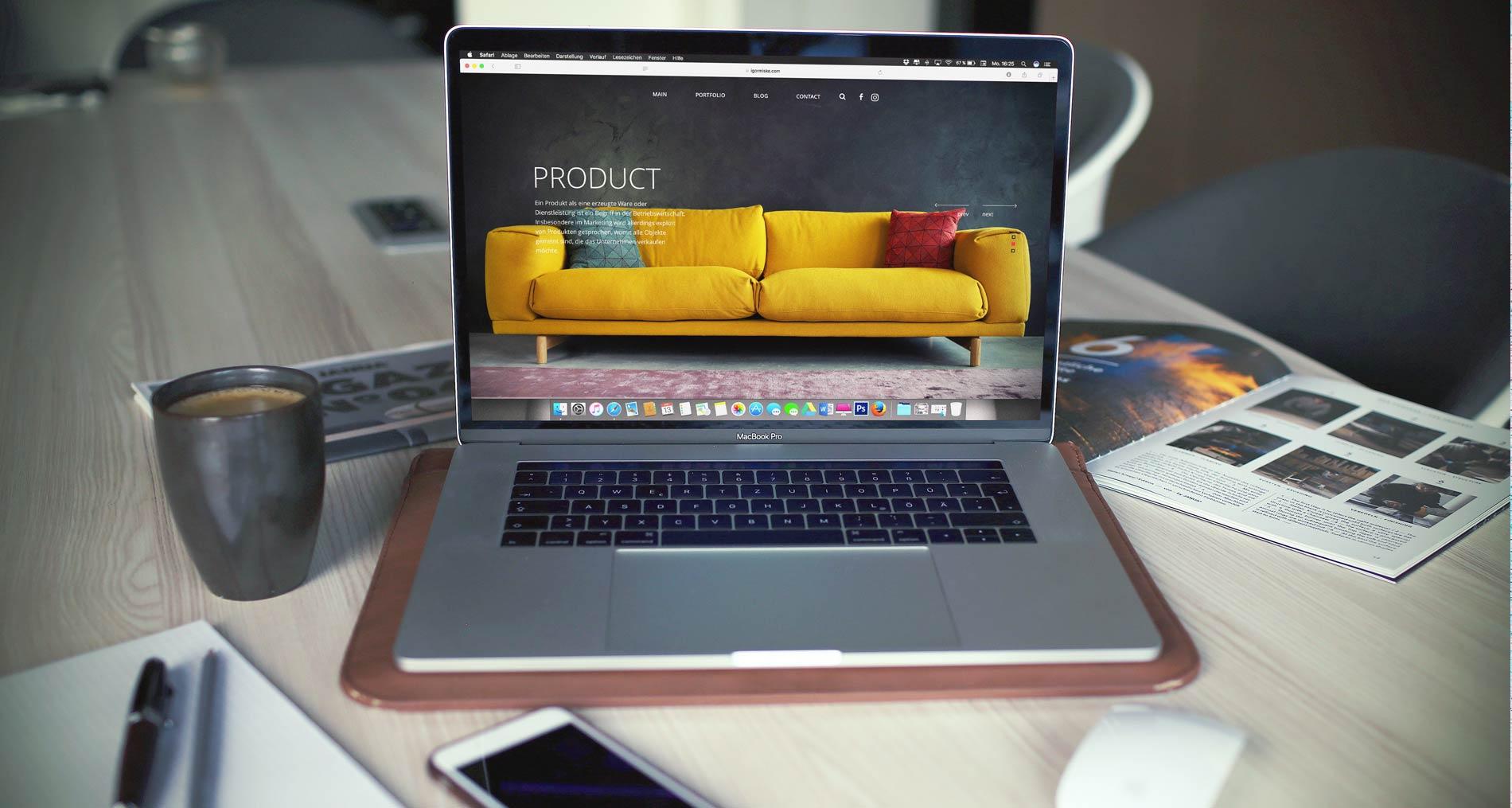It’s time we spoke about the importance of usability testing!
Before I start – upon proofreading this post, Graham pointed out that I made an assumption that people reading this post would understand what usability testing is, he was right. Usability testing is a technique used in UX design to evaluate a product by testing it on users before it is launched. Users are asked to complete tasks on an app or website, typically while they are being observed by a researcher, to see where they encounter problems or confusion. Makes sense?
A big part of our process is discovery, we spend a lot of time getting under the skin of our clients and their customers so we can work out how we can create something really effective – be it a website, app or marketing campaign. Our approach is centred around what works under the client’s customers as this in turn usually works for the client.
As an agency, we are advocates for the end user. Our goal is to make everything we create as easy to use as possible and a big part of this is talking to the users about what they want, how they perceive what we have created and if they find it easy to use. The user’s opinion usually takes priority and ignoring their input is a mistake that is still made too often.
Making Assumptions
At Friday we work hard to align marketing and user experience. Marketing gives the user a push in the direction of a product or service and good user experience makes sure the user’s journey is as smooth as possible, they both need to be sharp and working together as they rely on each other. The only way to know if the journey is smooth is to ask the user — we try not to make assumptions and we always keep an open mind. Assumptions can be the enemy of good marketing and UX if they are not properly validated.
Often the people working on a project can be working in a vacuum of familiarity being guided by the opinions of the people with the loudest voices or most influence. This can create a false reality and the focus moves away from what the end user actually wants.
We have seen it time and time again, a client is so sure about what they are offering that they skip asking for input from the only people who matter, the customers. This is a big mistake and can be a very costly one.
Usability Testing
Usability testing would usually be carried out on a working prototype and/or a beta version of a website or app. We start by writing up a usability testing script where questions and key tasks are mapped out to ask the user to navigate through. We then recruit 5–7 users from a targeted demographic that is aligned with the client’s customer base.
Each user would join us for a 30–40 minute session where we watch them interact with the material, complete tasks while asking them to articulate what they are seeing, what they think and what they expect. We record their face, the screen and take notes on any pain points they have throughout the user journey.

You would be amazed how valuable this exercise can be to any digital project, we have discovered problems in key areas of websites and apps that everyone presumed were perfect. It can be a real eye-opener and only when you see it in action can you fully realise its value and how fundamental it is to the UX process.
A False Economy
Some level of usability testing is essential to the success of any digital project but unfortunately it can and has been overlooked in the past. There are 3 main reasons some clients have given us for wanting to skip usability testing, the first is that they say they already know the product works (we have just addressed this), the second is that it takes time and will slow the project down and the 3rd is the cost of usability testing.
The truth is that usability testing is actually designed to avoid overruns of cost and time as well as ensure what is created actually works at launch. Making changes at the design stage is much easier than after development has been completed, you will save both time and money here.
It doesn’t make any sense to wait for your actual customers to find problems with your website or app?
In a lot of cases you have one opportunity to make a sale or conversion online, if there is an issue with UX the user will probably turn away, never to return. Recent research has found that 92% of consumers have had a poor customer experience online – one-third of these people will abandon a purchase because they couldn’t find the information they needed. Not only do you run the risk of missing a sale or conversion but a poor or frustrating experience can cause reputational damage, people talk, especially online.
You can probably tell by now that usability testing is something we feel very strongly about, it is a fundamental part of our process and I know we can’t do the best job possible without users contributing to the end results. Imagine if drug companies didn’t run clinical trials on drugs before doctors started prescribing them or if automobile manufacturers didn’t test drive their cars before releasing them into the forecourts. Madness, right?
